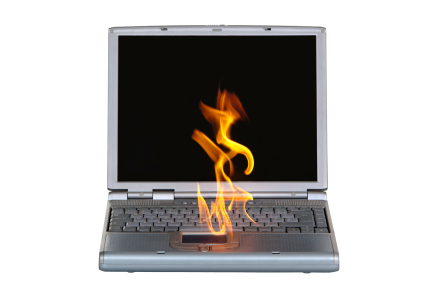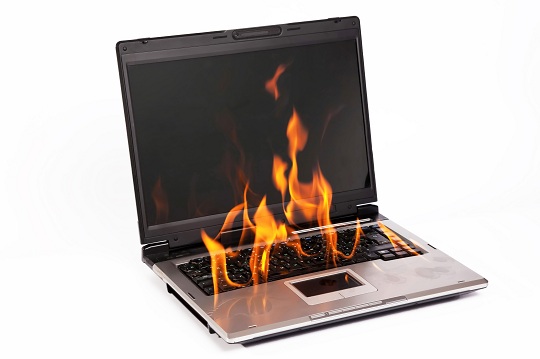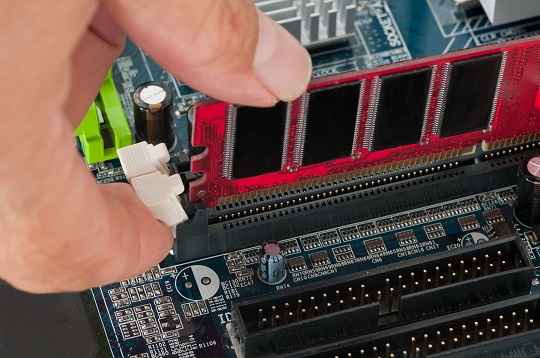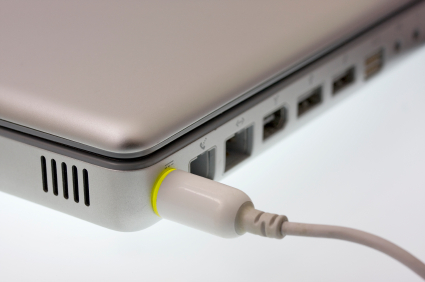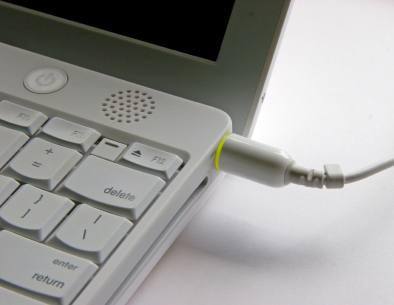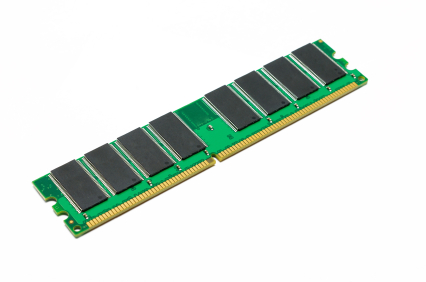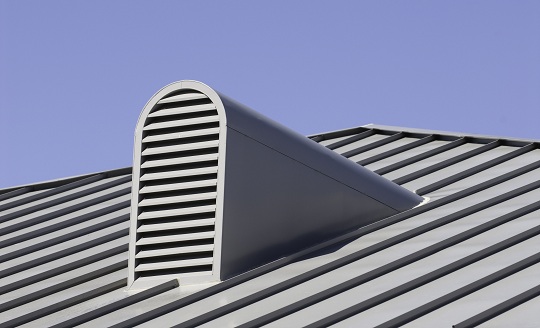If you’ve ever been writing a paper or browsing the Internet on your laptop and your legs have started to burn, you’re not alone. Overheating laptops are unfortunately a fairly common problem that many users experience. This article will explain how to check overheating laptop.
A laptop can overheat for a number of reasons, ranging from a clogged fan to an incorrect electrical voltage. Whatever the reason, continued use of an overheated laptop could result in a complete system fail, or even a small fire.
When your laptop feels like it is beginning to overheat, there are a few things you can do yourself to check things out. First and foremost, check to make sure that nothing is blocking the air vents. When you’re checking for this, also make sure that no dust or other particles are clogging the vent. Also check your laptop’s operating manual to see what the normal temperature and humidity ranges for operation are; you might just be sitting in too hot of a room. If none of those issues seem to be causing the problem, then your problem is stemming from one of these three sources: power, firmware, or hardware.
Power
Power issues are caused by incorrect voltage from the power supply, frayed cables or broken power bricks, or a problem with the battery. First, check your electrical outlet. If this seems to be the problem, try plugging your charger into a surge protector. If this doesn’t change anything, make sure the heat isn’t coming from the place on your laptop where the power cord plugs in. Lastly, unplug your laptop to test the battery. If it happens to feel particularly hot, this might be your problem. Try powering down, replacing the battery, and working from there.
Firmware
Your firmware is the software that’s installed on a memory chip inside your laptop’s hardware. If your firmware is what’s causing the problem, it will most likely be because the BIOS firmware version is not up to date. Follow your manufacturer’s directions to open up the BIOS set-up. From here, check to make sure the settings for the laptop temperature match the settings listed in your manual.
Hardware
Hardware issues can be harder to identify on your own, so calling a service professional might help. If you think you are up to diagnosing it on your own, follow the instructions in your manufacturer’s manual to open up the casing. Once inside, there are a few things to check out. Make sure the RAM isn’t too hot, check the internal fans to make sure they haven’t accumulated any dust or dirt, make sure the thermal grease isn’t dried, and look for any obvious signs of burning or any unusual smells.
If none of these tips helped your problem, try contacting TalkLocal to be connected to a trained local professional within minutes.

